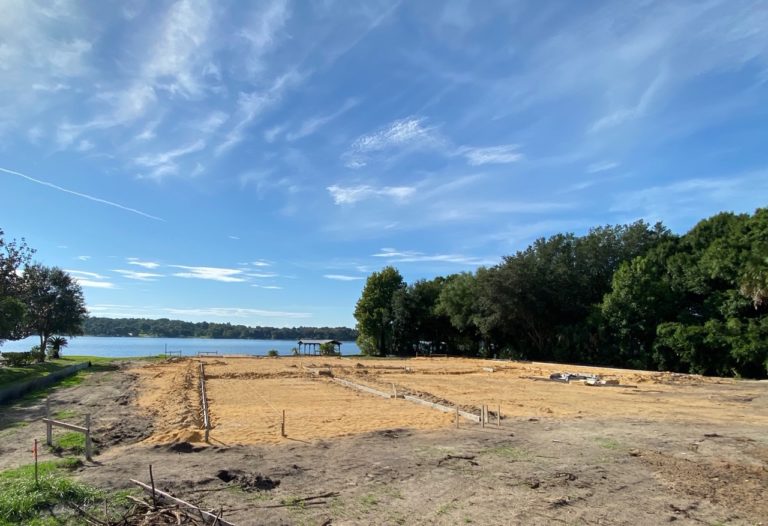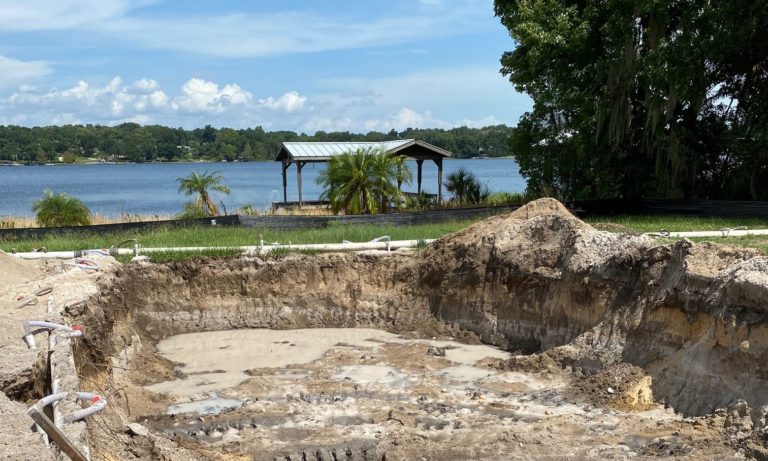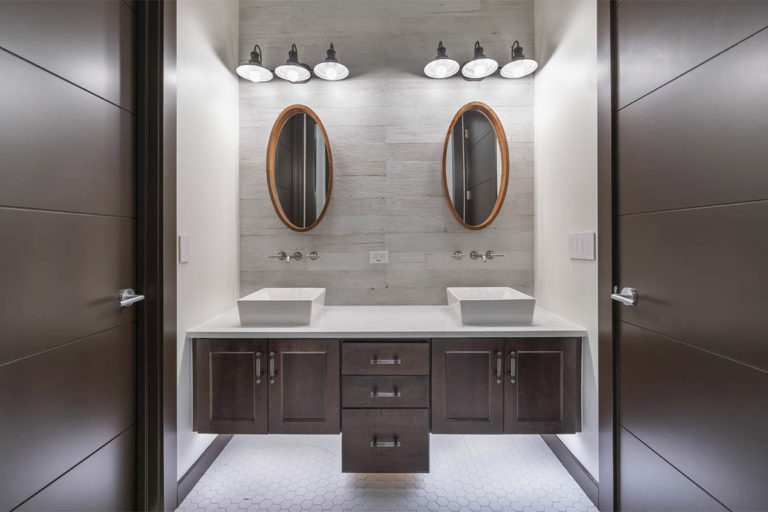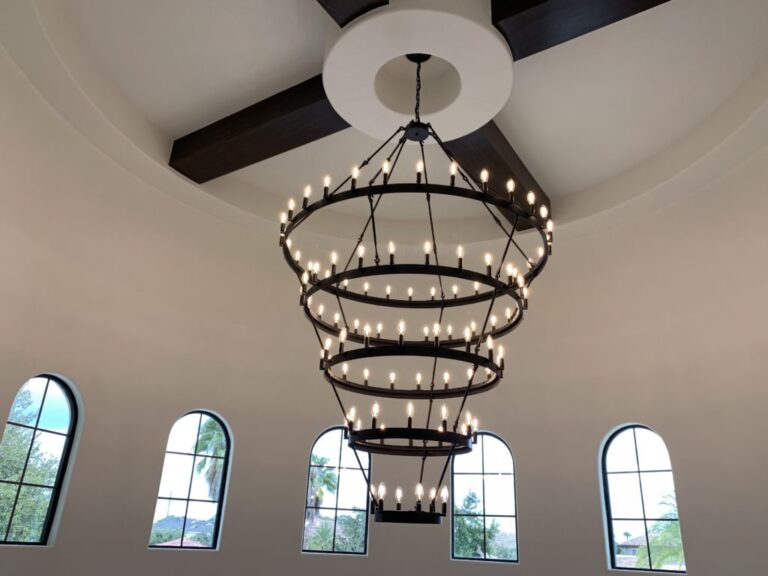
So you’ve found the perfect lot to build your dream home. Before you sign the contract, beware that the sticker price isn’t the total purchase cost. Many consumers fail to factor in ALL costs associated with preparing the lot for new home construction.
Looks can be very deceiving when it comes to land purchases and there are many hidden costs that only surface with the proper tests and data checks. Florida custom homebuilder Jorge Ulibarri has helped many clients find the perfect lot, working together with real estate agents as part of the “lot search team.” Jorge says ideally, buyers should include the builder in the lot selection process. “The homebuilder knows what it will take to make the land buildable. He can guide the client in asking the right questions and seeking critical information that will save money and headaches in the building process,” says Jorge, who designs and builds custom homes throughout Central Florida. To help you pick the perfect lot for your dream home, here are three important tips:
Get A Land Survey
Before you sign the purchase contract on a lot, it’s advisable to order a land survey that includes topographic information showing the existing grade elevations of the lot.
Soil Test the Lot
No matter what geographic area you build in, there will be special land considerations that affect the foundation of your new home. To avoid any unforeseen issues such foundation shifts and cracks due to unstable soil or in the case of Florida, sinkholes and muck, hire an engineering company to do soil testing. Soil tests will determine if the land is suitable for construction.
When you order your soil testing there are two types to request: Preliminary Testing, which costs approximately $500, and Extensive Testing, which costs approximately $2,500. Preliminary testing will take soil samples or bores as deep as six feet and typically include five soil samples per half acre lot. You can request more samples to increase the test’s accuracy. Preliminary Testing is not foolproof. It can fail to detect potential soil issues such as muck that can add to the cost of the lot because it will require sand fill. Extensive Testing makes soil borings down 20 feet for a more accurate picture of the lot’s condition. The extra upfront costs with Extensive Testing is well worth it because it can save you thousands of dollars in hidden costs to prep a lot for construction and prevent you from purchasing an unsuitable lot.
Crosscheck ALL Setbacks
In some cases, there are multiple setback requirements that affect the orientation and design of a new home. It’s important to investigate and crosscheck all setback requirements of your lot. Call the county or municipality where your lot is located to find out the construction setbacks and finished floor elevations. The later will become a crucial piece of information once you get your topographic survey. With the finished floor elevations and your topographic survey, you will be able to determine the amount of fill that your lot requires in order to achieve your finished floor elevation.
If your lot is located in an HOA governed development, get a copy of the HOA bylaws to verify your construction setbacks from the developer or HOA. Sometimes there is a difference between the county setback and HOA setback requirements and you must abide by the most stringent setbacks. This is a common mistake consumers make only to realize it after they have purchased the lot and have started the design and construction process.
Make sure you check if your lot is located on a flood zone. If it is located in a flood zone, make sure that your surveyor notes the designated flood zone. If the county has not determined the flood zone that your lot is in then you will be paying a very high premium for flood insurance.
For more money-saving construction tips, subscribe to the video series, Trade Secrets available on YouTube.








